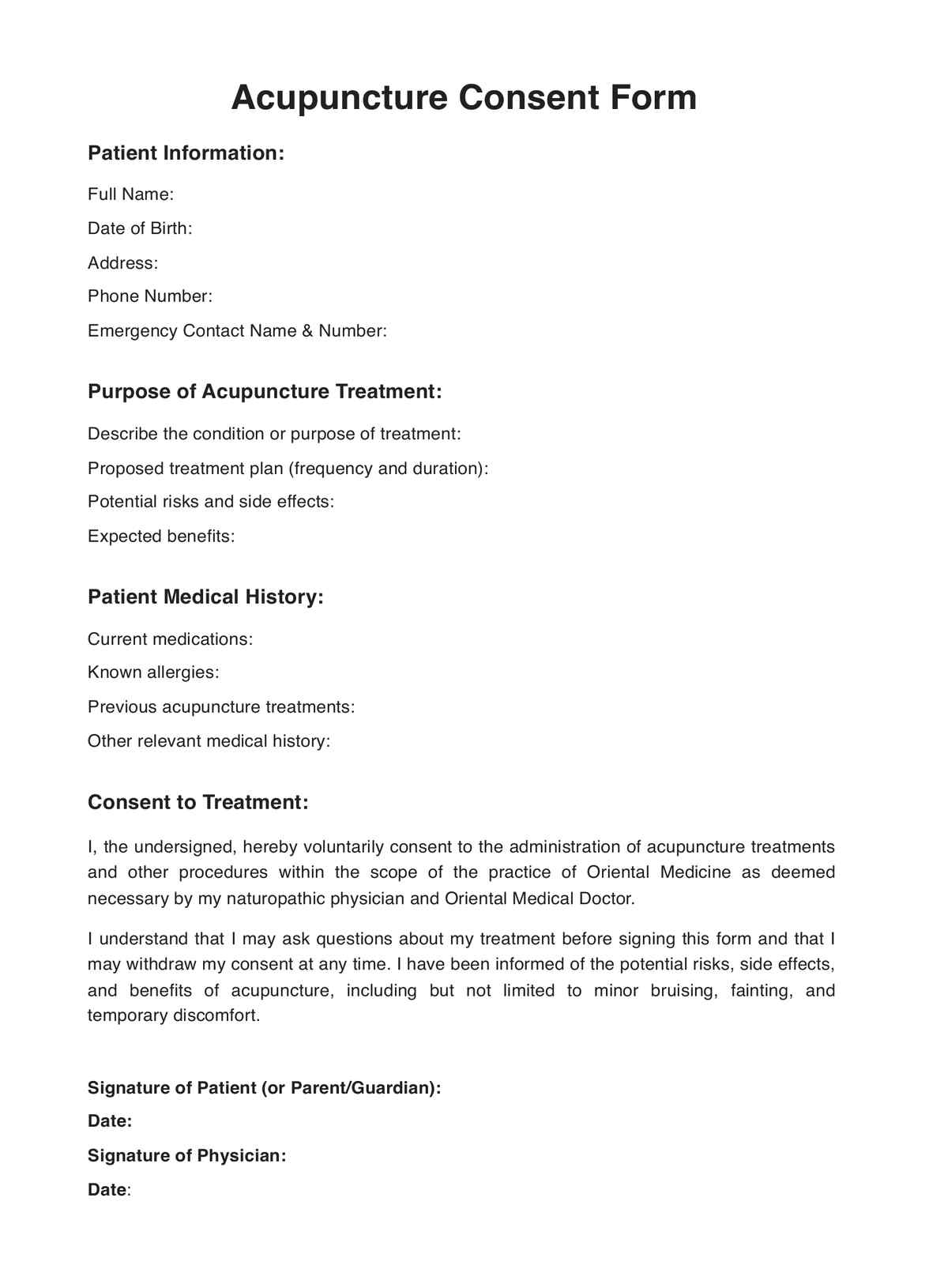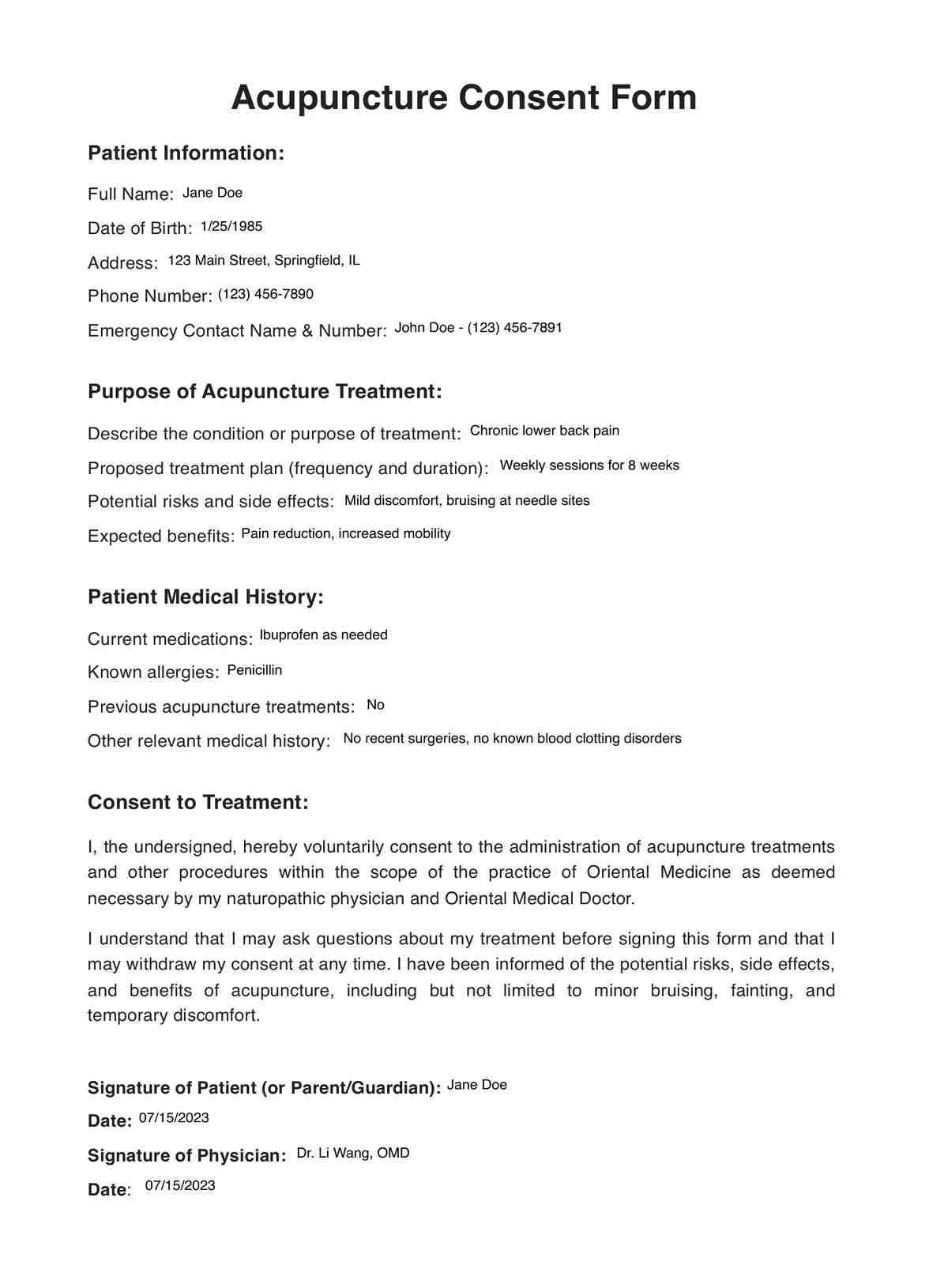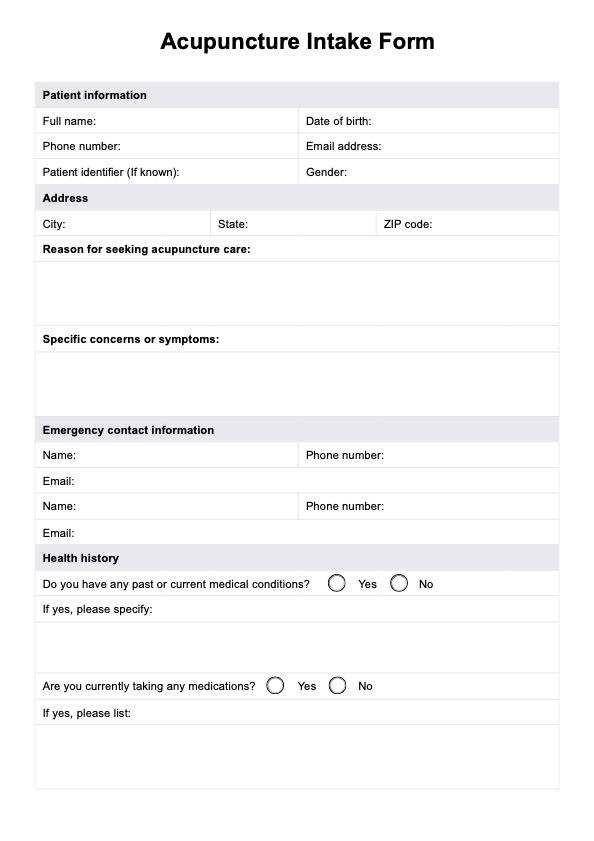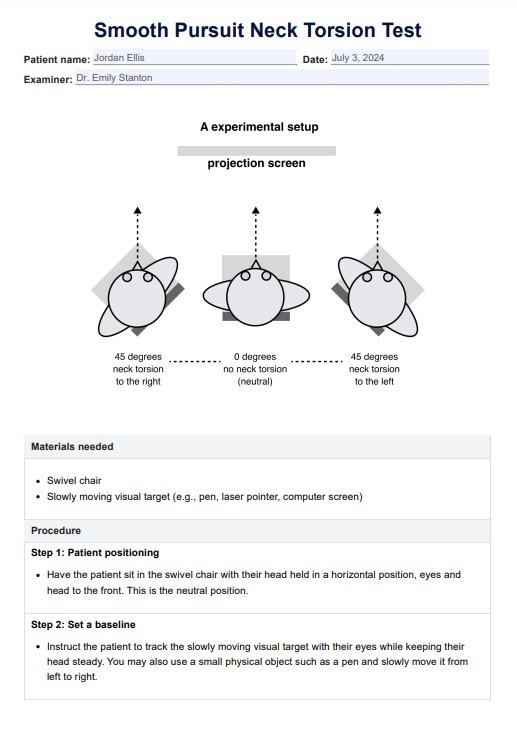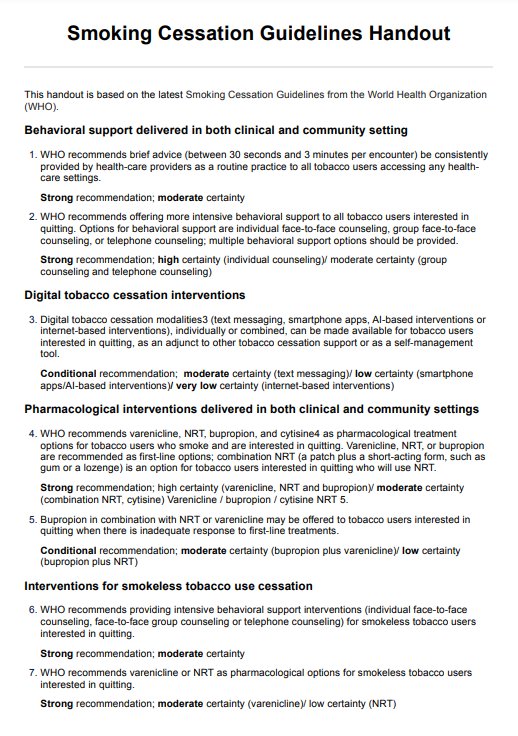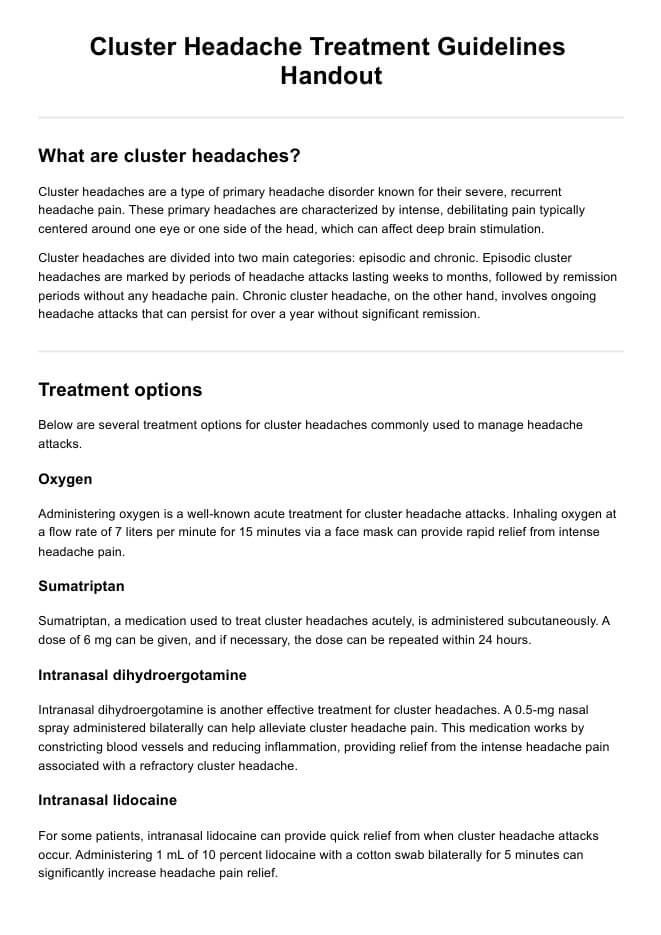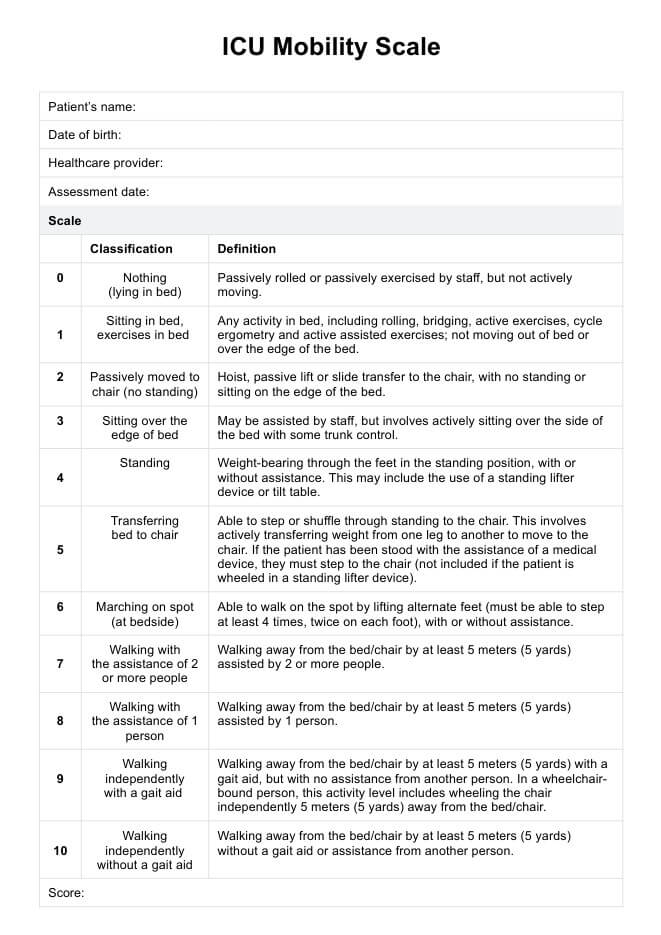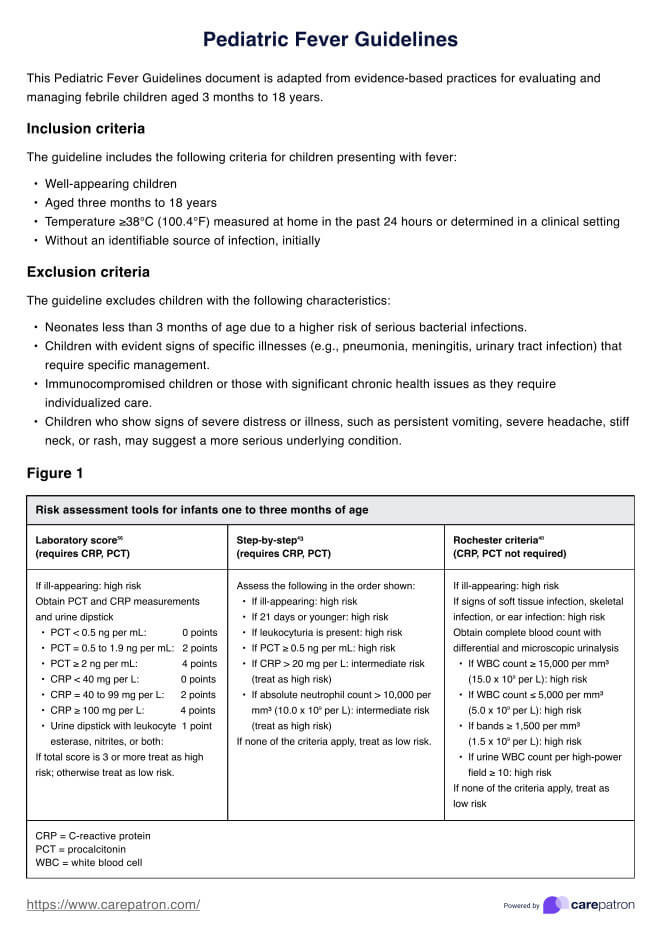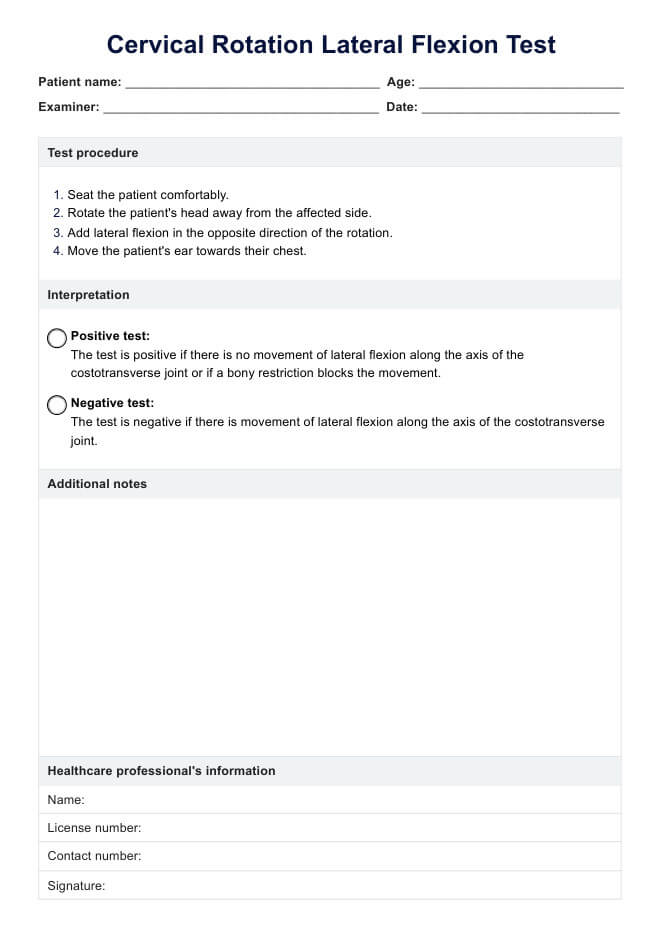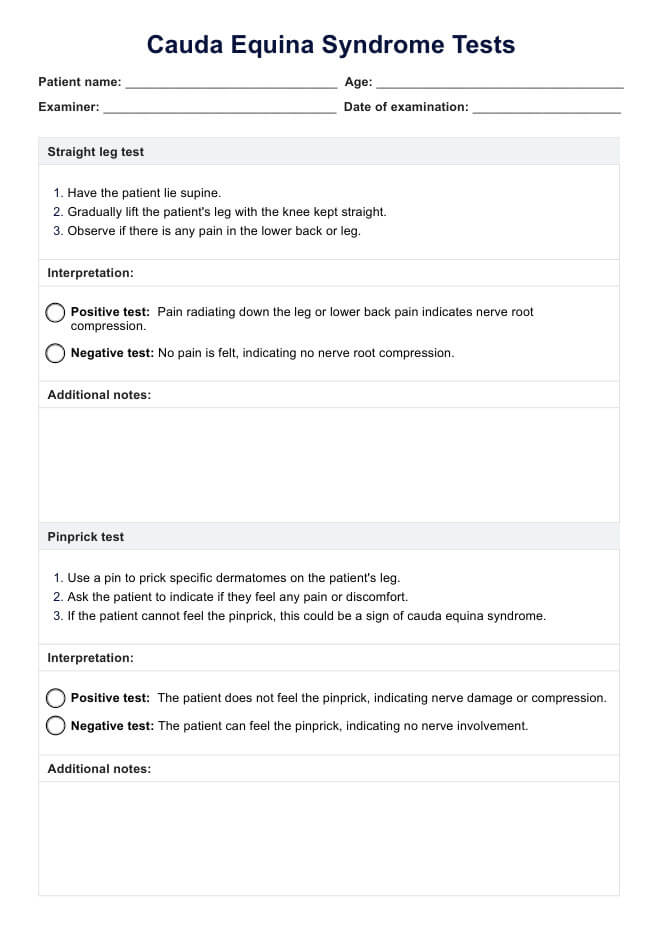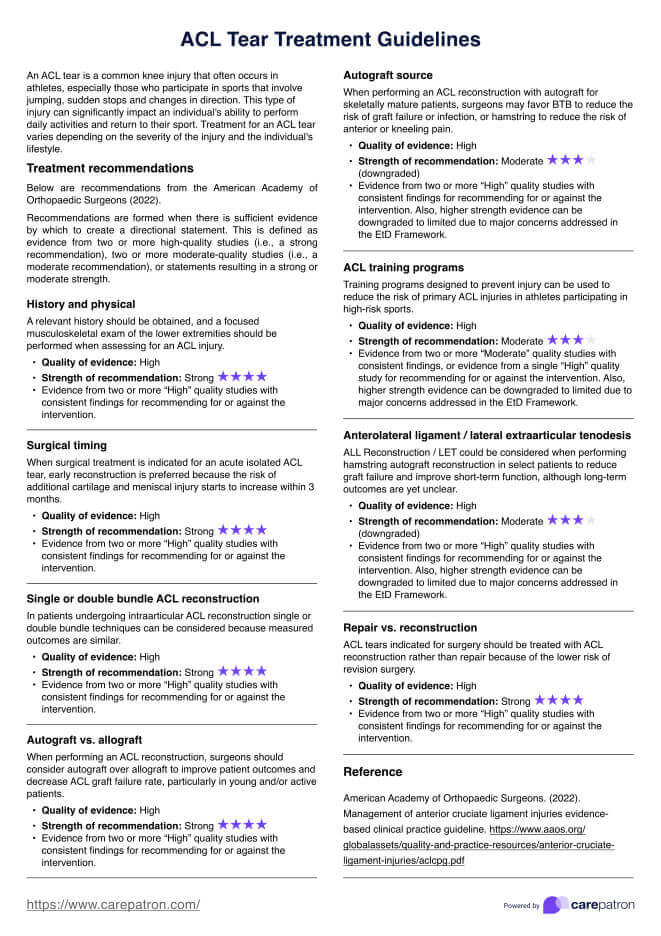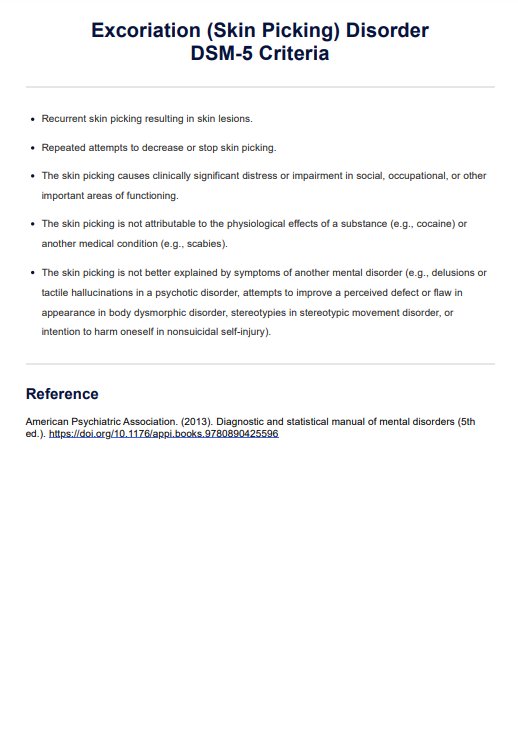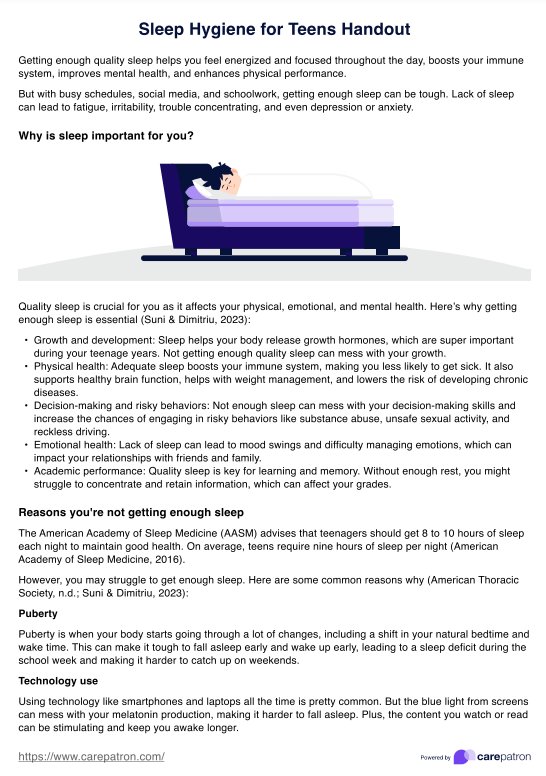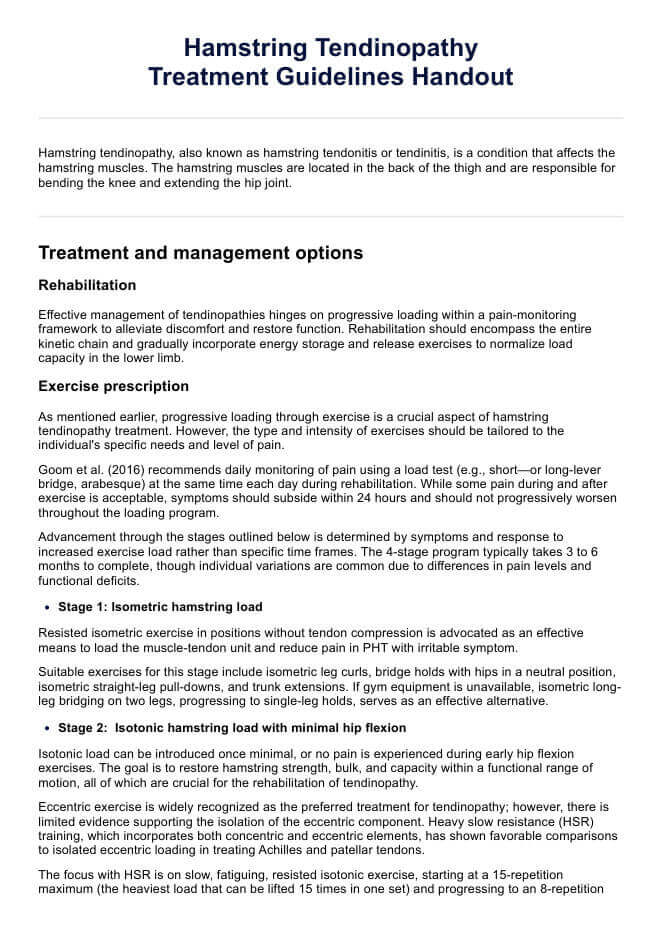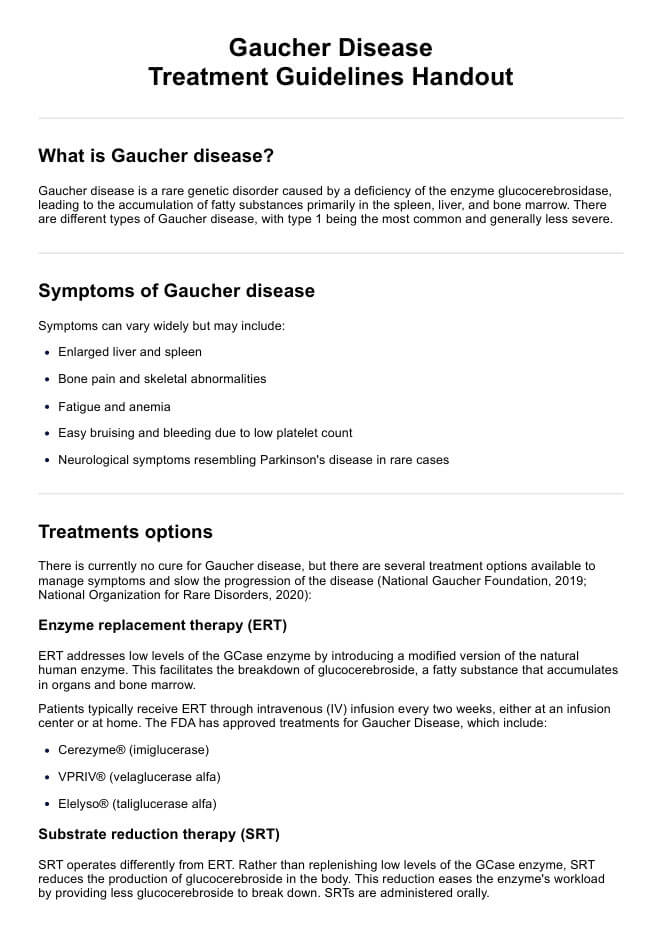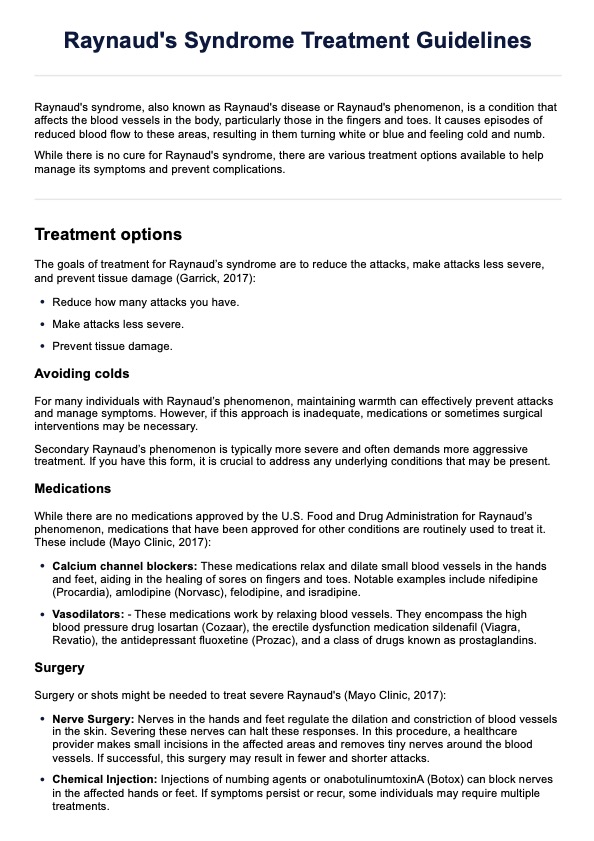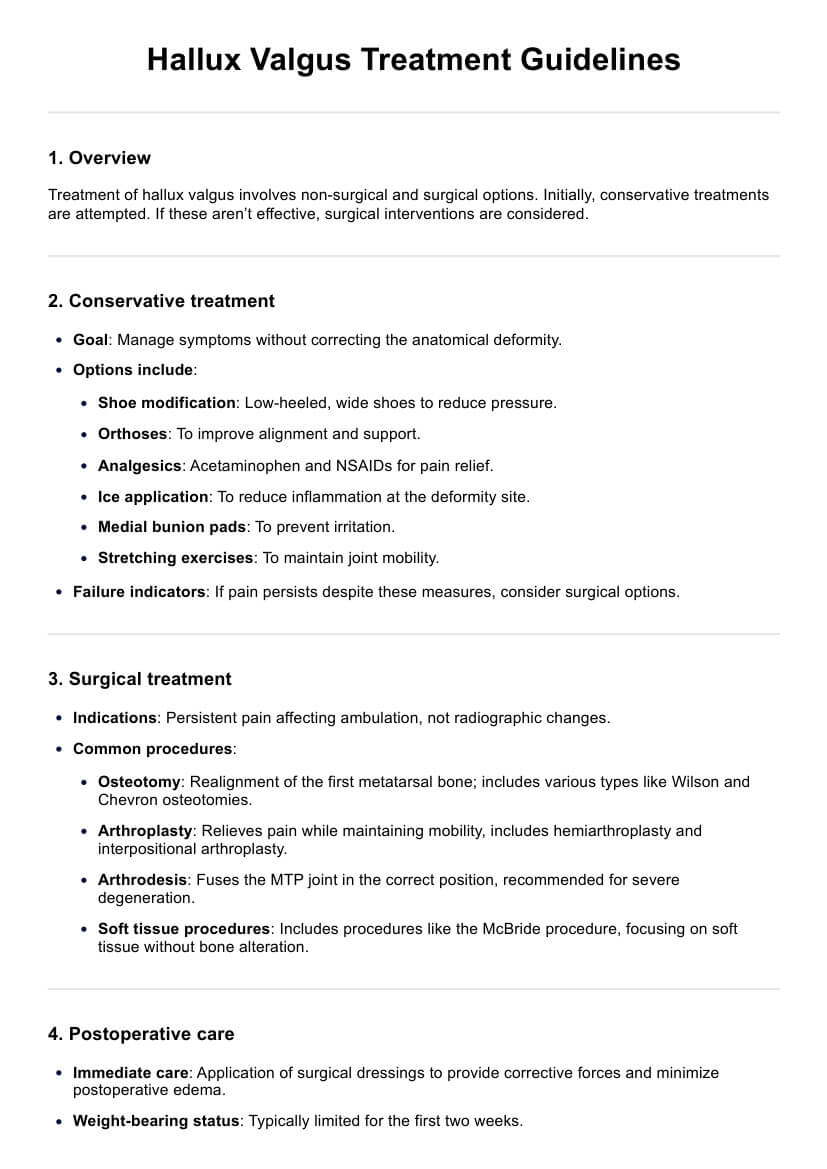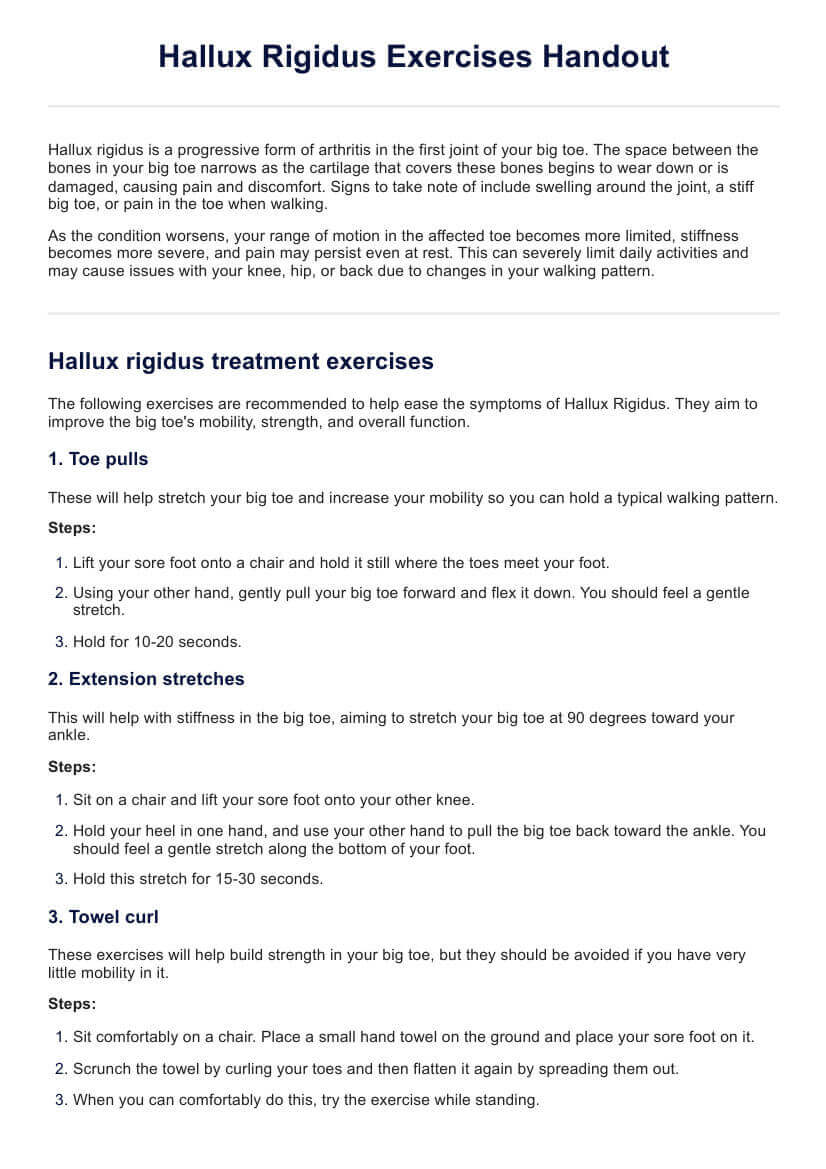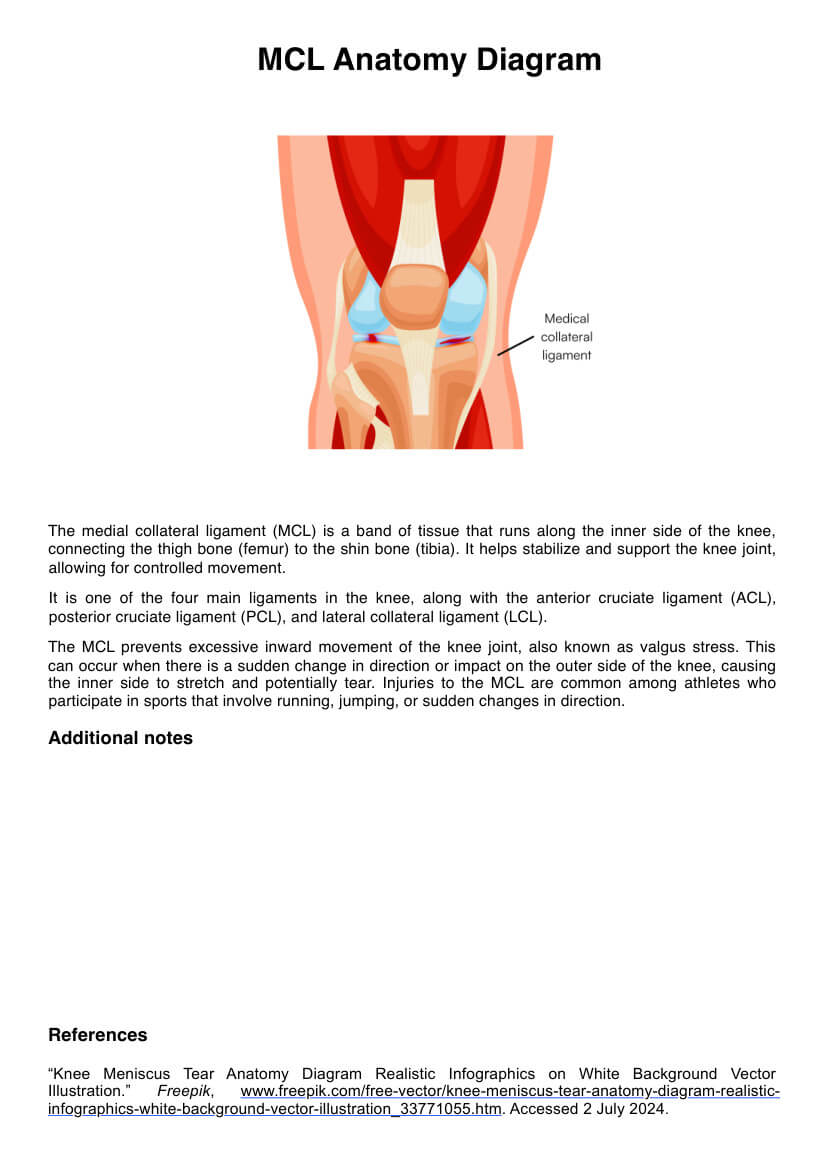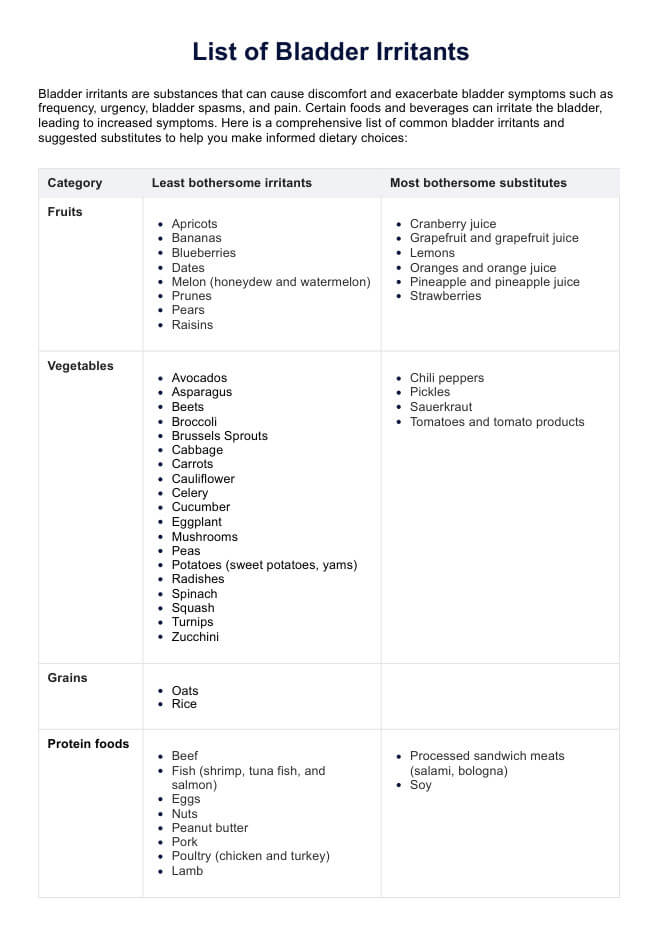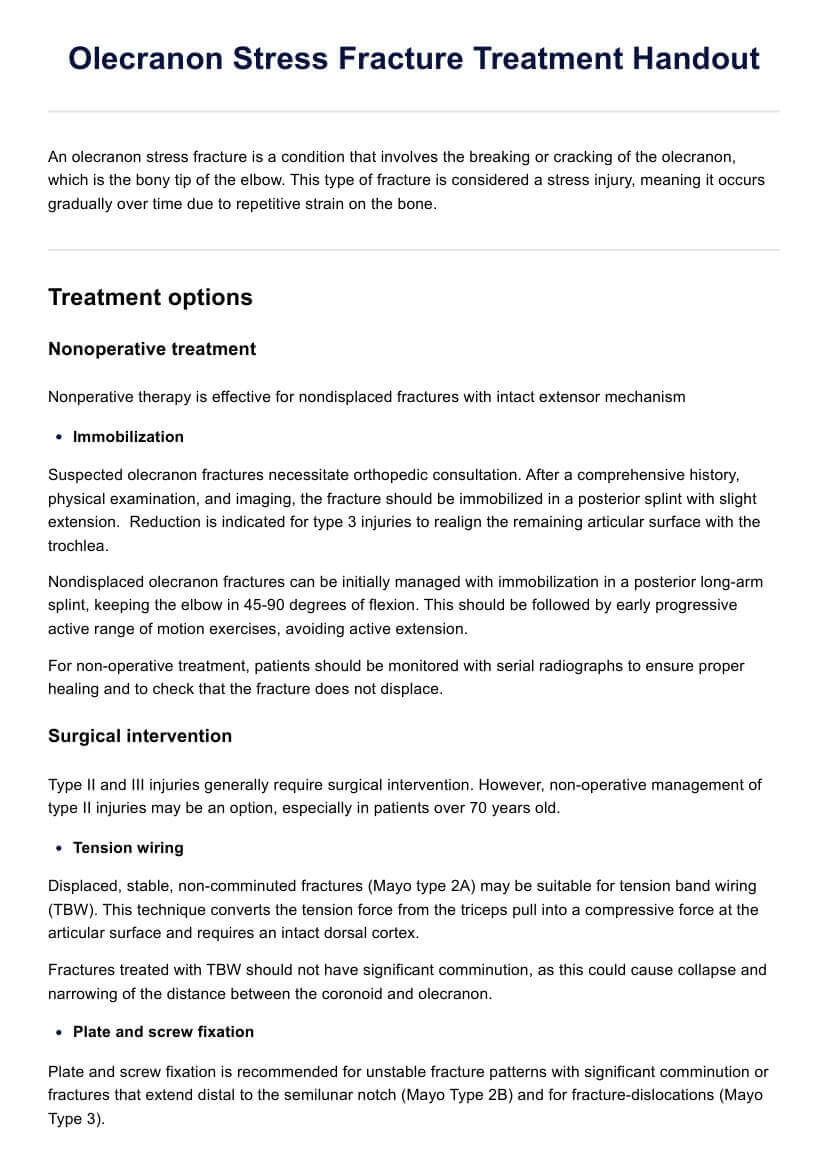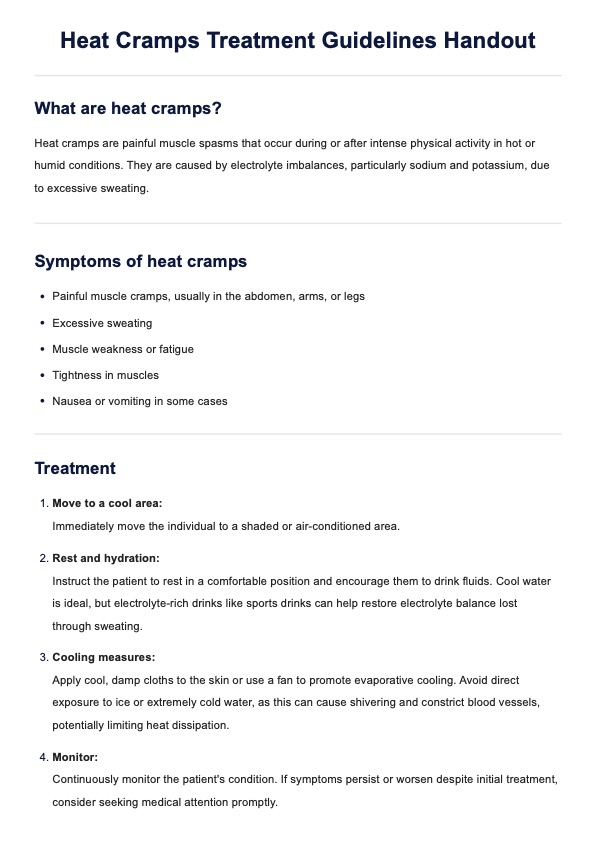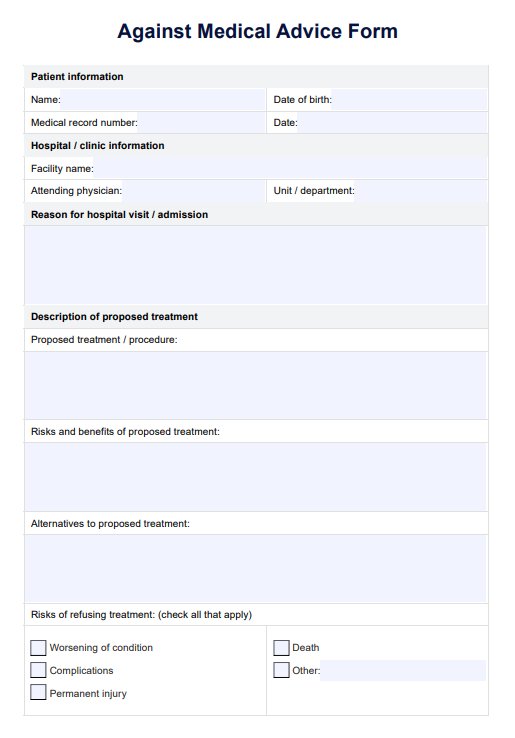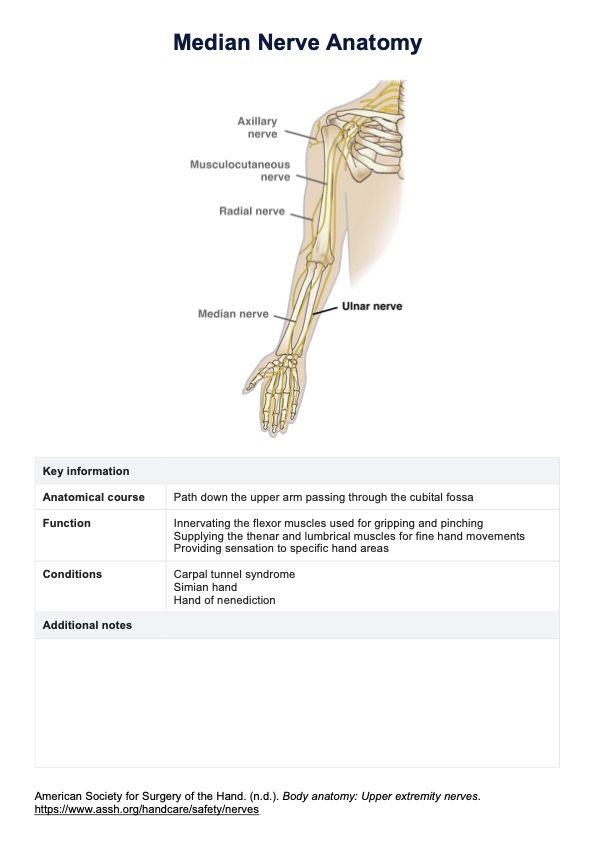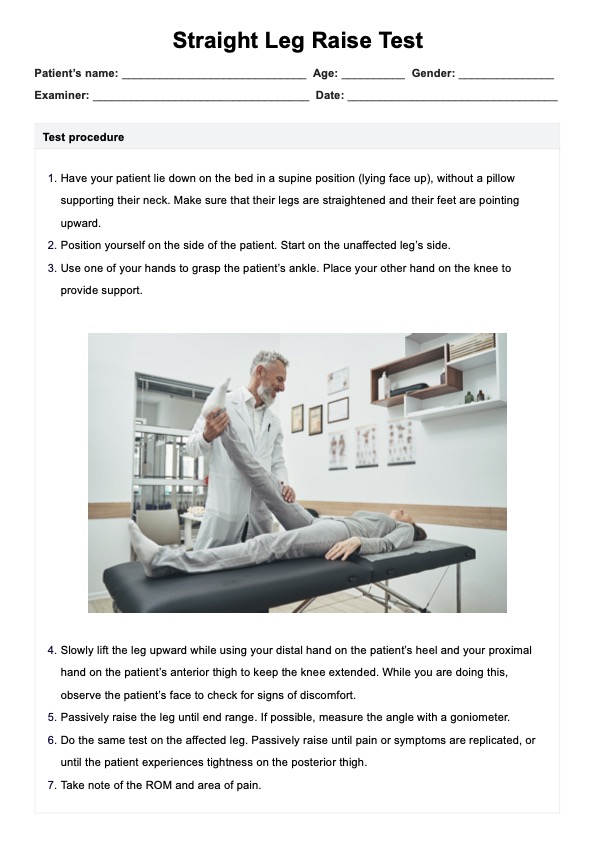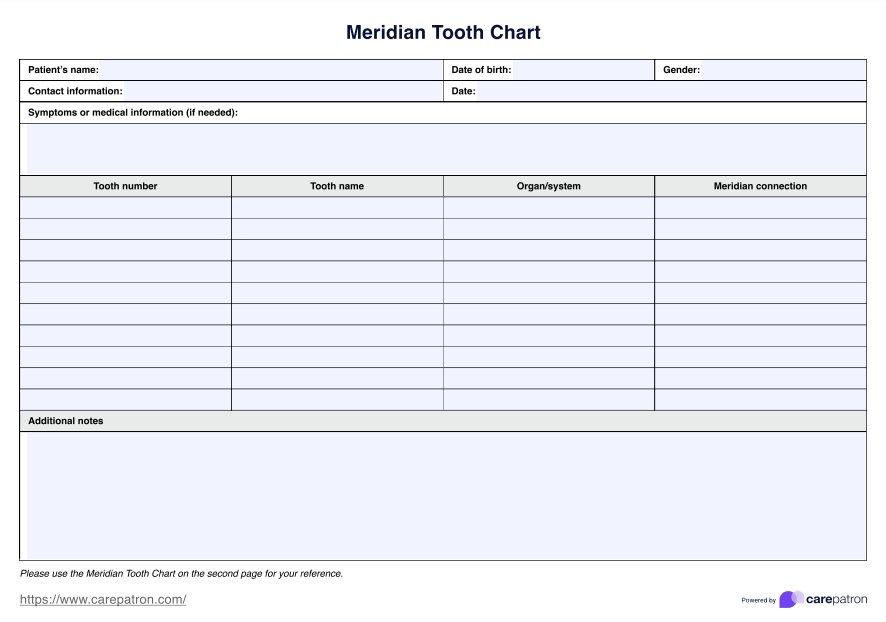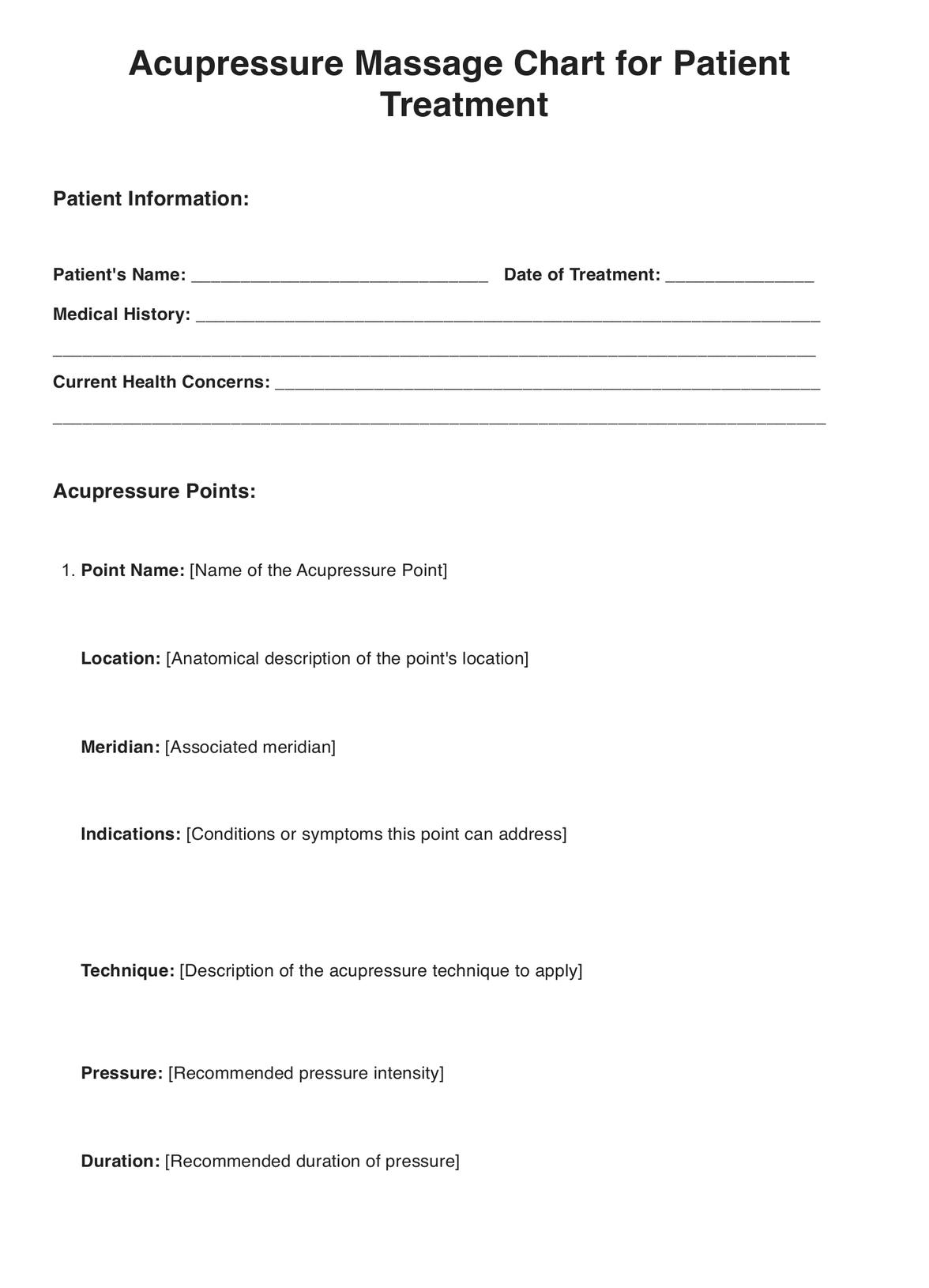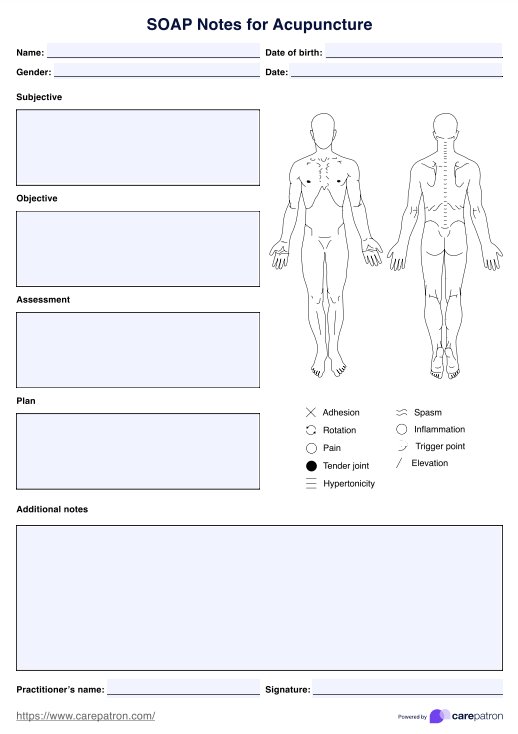Acupuncture Consent Forms
Explore the benefits of using Acupuncture Consent Forms. Streamline your practice with smart, secure solutions. Start with Carepatron today!


What is an Acupuncture Consent Form?
Are you an acupuncture practitioner looking to streamline your client intake process, or perhaps a patient curious about what signing an acupuncture consent form entails? Look no further! This essential guide breaks down everything you need about .
An Acupuncture Consent Form is more than just a piece of paper; it's a legally binding document protecting the patient and the practitioner. This form ensures that patients understand the acupuncture procedure, the associated risks, benefits, alternatives, and their rights to refuse or withdraw consent. It's an absolute must-have for practitioners to demonstrate professional responsibility, ethical integrity, and compliance with legal requirements.
But wait, there's more to it! This consent form is a vital communication tool that can foster trust and confidence between the practitioner and patient, setting the stage for a positive therapeutic experience. It helps outline specific details about the treatment plan, potential side effects, and the patient's medical history.
If you're ready to dive deeper into the nuances of Acupuncture Consent Forms and even snag a free PDF download of an example, you're in the right place. Whether you're a seasoned acupuncturist or someone just exploring this incredible healing art, this guide has something for everyone. Keep reading, and let's demystify the world of acupuncture consent together!
Acupuncture Consent Forms Template
Acupuncture Consent Forms Example
How Does It Work?
Using an Acupuncture Consent Form is vital to ensure transparency and consent before an acupuncture treatment. This form outlines the patient's details, the purpose of the treatment, and the healthcare provider's findings and interpretations. Below is a step-by-step guide for healthcare professionals on effectively using the Acupuncture Consent Form.
Step 1 - Explain the Procedure:
Before handing over the form, thoroughly explain the acupuncture procedure, its purpose, potential benefits, and possible risks to the patient. Ensure that the patient understands and that all their questions are answered.
Step 2 - Provide the Form to the Patient:
Hand over the Acupuncture Consent Form to the patient, allowing them time to read it carefully. Encourage them to ask questions if they need further clarification on any part of the form.
Step 3 - Complete the Patient Information Section:
Assist the patient in filling out their personal information, medical history, and the reason for the acupuncture treatment. This information is crucial for a tailored treatment plan.
Step 4 - Obtain Signature:
Once the patient has understood all the aspects of the form, ask them to sign the consent section. Their signature acknowledges their understanding and voluntary agreement to proceed with the treatment.
Step 5 - Conduct Assessment and Record Findings:
After obtaining consent, conduct the necessary assessment, including pulse and tongue diagnosis, to understand the patient's condition according to Oriental Medical principles. Record all findings and interpretations on the form.
Step 6 - Provide a Copy to the Patient:
Provide a copy of the completed Acupuncture Consent Form to the patient for their records, and keep the original for your files.
This step-by-step process ensures that the healthcare provider and the patient are aligned in understanding acupuncture treatment's purpose, risks, and benefits. By systematically using the Acupuncture Consent Form, practitioners emphasize a client-centered approach that values clear communication, ethical practice, and legal compliance.
When Would You Use This Form?
The Acupuncture Consent Form is a vital document used by Oriental Medical Doctors, acupuncturists, and other healthcare providers specializing in acupuncture treatment. But when is it specifically appropriate to use this resource? Below are some critical instances:
- Initial Patient Consultation: When a patient first comes for an acupuncture treatment, this form gathers essential information about the patient's medical history, current condition, and consent to treatment.
- Ongoing Treatment Plan: For patients receiving ongoing acupuncture therapy, updating the form ensures that the treatment aligns with their evolving needs and that continuous consent is maintained.
- Specialized Acupuncture Procedures: If a patient requires specialized acupuncture techniques, such as electro-acupuncture or moxibustion, this form helps explain the unique aspects and obtain specific consent.
- Legal and Ethical Compliance: This form ensures alignment with the acupuncture practice's legal and ethical standards. It safeguards both the practitioner and the patient by documenting informed consent.
- Teaching and Training Purposes: Educators and trainers in acupuncture can use this form as a teaching tool, helping students understand the professional protocols involved in obtaining informed consent.
Whether for an initial consultation, ongoing treatment, specialized procedures, legal compliance, or educational purposes, the Acupuncture Consent Form serves multiple crucial functions within acupuncture. Its proper utilization symbolizes a commitment to patient-centered care, ethical integrity, and professional excellence, promoting a harmonious relationship between practitioners and clients.
Benefits
Enhanced Communication with Patients
The Acupuncture Consent Form fosters clear and open communication between patients and practitioners. Detailing the procedure, potential risks, and benefits ensure that patients are well-informed and can make educated decisions about their treatment.
Legal Protection for Both Parties
This form is a legal agreement between the patient and practitioner, demonstrating that the patient has been informed of and consents to the procedure. This protects both parties in case of misunderstandings or legal disputes.
Streamlines Administrative Process
A standardized Acupuncture Consent Form helps keep the administrative process smooth and organized. Practitioners can quickly collect necessary information, saving both time and effort.
Ensures Ethical Compliance
Using a consent form aligns with the professional, ethical standards and best practices in acupuncture treatment. It symbolizes the practitioner's commitment to respecting patients' autonomy and rights.
Enhances Professionalism and Trust
Explaining and obtaining consent builds trust and portrays the practitioner's professionalism. It reflects the dedication to patient-centered care and adherence to high-quality standards.
Customizable to Specific Needs
The template can be easily customized to fit different acupuncture techniques and patient needs. This adaptability makes it a versatile tool for various acupuncture practices.
Research & Evidence
The Acupuncture Consent Form is more than just a practical tool; it is embedded in a rich history of medical ethics, legal precedents, and research findings.
The concept of informed consent finds its roots in the landmark legal cases and ethical principles of the 20th century, such as the Nuremberg Code. Within the acupuncture community, professional organizations like the National Certification Commission for Acupuncture and Oriental Medicine (NCCAOM) have long emphasized the importance of informed consent.
Numerous studies highlight the significance of clear communication and consent in healthcare settings. A 2017 study published in the "Journal of Alternative and Complementary Medicine" found that informed consent enhances patient satisfaction and trust in acupuncture treatments.
Legal regulations also govern the use of consent forms. Many states in the U.S. have specific laws requiring practitioners to obtain written consent for acupuncture, ensuring alignment with state and federal regulations.
The utilization of the Acupuncture Consent Form is a reflection of the growing acknowledgment of patients' autonomy and the increasing emphasis on transparent and ethical healthcare practices. By integrating this form into daily practice, acupuncture practitioners align themselves with a tradition of excellence, legal compliance, and patient-centered care, showcasing their commitment to the highest standards of professionalism and empathy.
References
National Certification Commission for Acupuncture and Oriental Medicine (NCCAOM). (n.d.). Code of Ethics and Professional Conduct.
Nuremberg Code. (1947). Trials of War Criminals before the Nuremberg Military Tribunals under Control Council Law No. 10. Nuremberg, Germany.
Owen, D. K., Smith, A. P., & Luberto, C. M. (2017). The Effect of Informed Consent on Patient Satisfaction and Trust in Acupuncture Treatment. Journal of Alternative and Complementary Medicine, 23(5), 353-359.
Commonly asked questions
The Acupuncture Consent Form is legally binding as it adheres to state and federal regulations requiring written consent for acupuncture treatments. It includes detailed information about the procedure, potential risks, and benefits, ensuring the patient's complete understanding and voluntary agreement.
Absolutely! Carepatron offers easy customization of the Acupuncture Consent Form to align with different acupuncture techniques and patient needs. The app's user-friendly interface allows practitioners to tailor the form to their requirements.
Yes, Carepatron prioritizes patient confidentiality and ensures secure information storage within the app. Its robust security measures provide Carepatron with a safe platform for managing patient consent forms and related documents.


